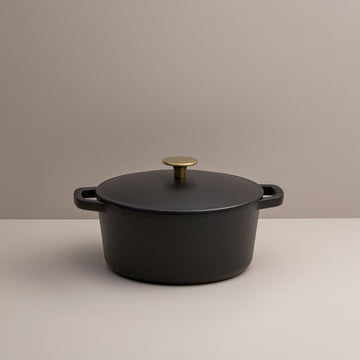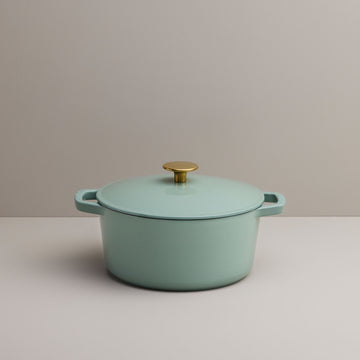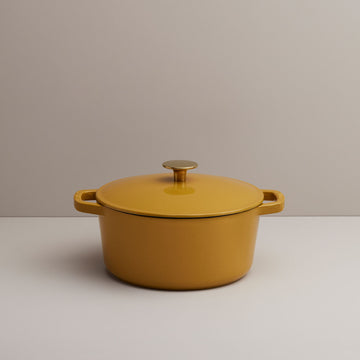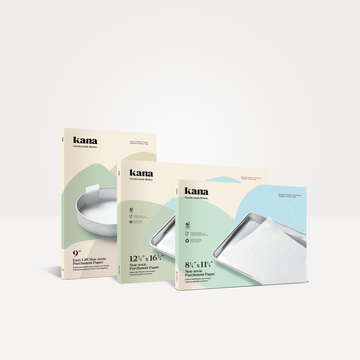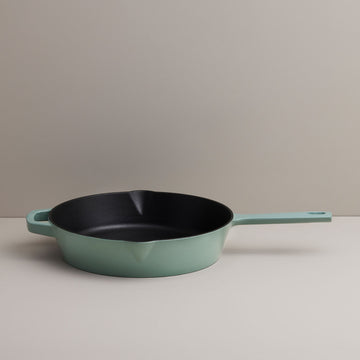Everyone wants to do the best they can for themselves and their families. As a result, we understandably want to be sure that the products and ingredients we bring into our homes are not only good quality, but also free from any unexpected nasties that will disappoint us, or worse, put us at risk.
Since parchment paper is a paper that has been prepared in a specific way to make it heat-resistant and greaseproof it’s only reasonable to wonder if, at the end of the day, it’s still safe to cook with.
In this article we’re going to address three major areas of potential concern when it comes to the safety of parchment paper:
1. Is parchment paper a fire hazard?
2. Does parchment paper leach chemicals into my food?
3. Is bleached parchment paper safe to cook with?

Is Parchment Paper safe to cook with?
AUTHOR
Kana
Parchment paper is a wonderfully convenient tool to have in your kitchen. Here, we address some of the major worries people have about cooking with parchment paper.

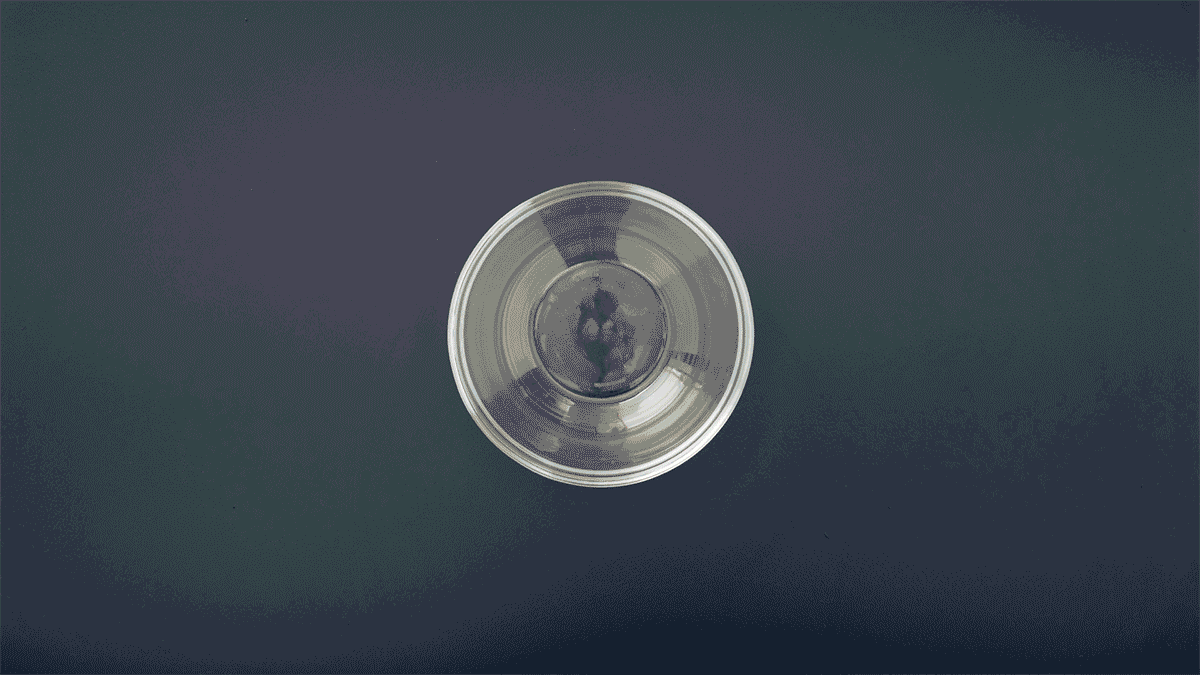
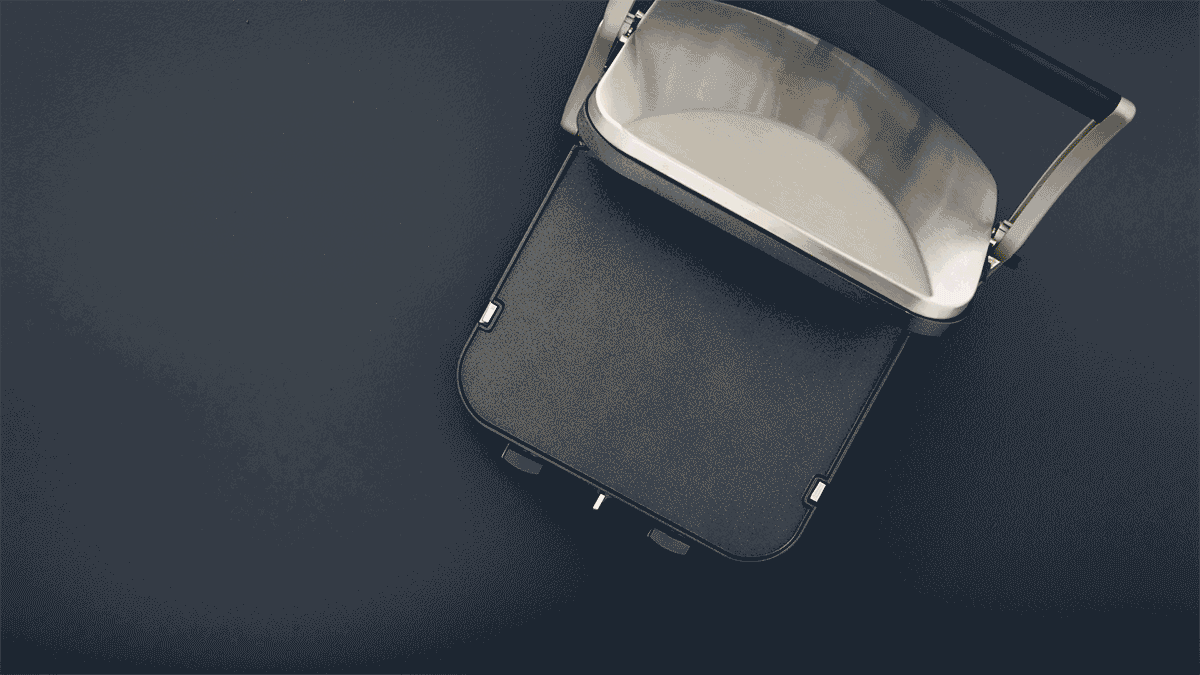
If it’s made of paper, won’t parchment paper burn?
At the end of the day, parchment paper is paper which, we all know, is very good at catching fire. Why then would we recommend putting it in your oven? That’s because parchment paper is no ordinary paper. After the wood pulp has been laid out, dried, and rolled into huge reams of paper, both sides of this paper are coated with silicone. It’s this stage that gives parchment paper its unique properties, including a significant degree of heat resistance. Kana parchment paper, for example, can safely be used in ovens up to 428°F (220°C) without burning.
This coating of silicone is the major difference between wax paper and parchment paper. Where silicone helps parchment paper resist high temperatures, wax does not have the same effect and wax paper will smoke and burn in the oven.
It does need to be said that while parchment paper is heat-resistant, it is not flame-retardant. Which is why you should never let any parchment paper (including ours) come in contact with an electric heating element or be exposed to a direct flame.
This coating of silicone is the major difference between wax paper and parchment paper. Where silicone helps parchment paper resist high temperatures, wax does not have the same effect and wax paper will smoke and burn in the oven.
It does need to be said that while parchment paper is heat-resistant, it is not flame-retardant. Which is why you should never let any parchment paper (including ours) come in contact with an electric heating element or be exposed to a direct flame.
Does parchment paper leach chemicals into my food?
As we become more aware of the chemical substances that live in our kitchens and their effect on our health, we have also become more wary of the phenomenon of leaching. Leaching is the term used to describe the chemical process that causes compounds to be drawn out of a solid into a liquid.
The process of leaching, in itself, is neither good nor bad. You rely on leaching every time you order an espresso as the hot water causes delicious coffee to extract from the ground beans1.
However, some leaching is cause for concern. Also referred to as "migration", recent studies have revealed that foods cooked and stored in aluminum are prone to contamination by leaching, especially acidic foods. Plastic storage containers made using bisphenol-A, or BPA, are also considered a health hazard as a result of leaching2.
If parchment paper is coated in silicone, you may wonder, is there are risk to my health if it ends up in my food? Thankfully, no. Kana parchment paper is certified food safe - meaning that its components will not migrate to food, nor will it impact the flavour or texture of the food with which it comes into contact.
When it comes to cooking or storing your food in contact with parchment paper, leaching is nothing to be worried about.
The process of leaching, in itself, is neither good nor bad. You rely on leaching every time you order an espresso as the hot water causes delicious coffee to extract from the ground beans1.
However, some leaching is cause for concern. Also referred to as "migration", recent studies have revealed that foods cooked and stored in aluminum are prone to contamination by leaching, especially acidic foods. Plastic storage containers made using bisphenol-A, or BPA, are also considered a health hazard as a result of leaching2.
If parchment paper is coated in silicone, you may wonder, is there are risk to my health if it ends up in my food? Thankfully, no. Kana parchment paper is certified food safe - meaning that its components will not migrate to food, nor will it impact the flavour or texture of the food with which it comes into contact.
When it comes to cooking or storing your food in contact with parchment paper, leaching is nothing to be worried about.
"Leaching" is what’s happening when boiling water draws flavour from tea leaves.
Is bleached parchment paper safe to cook with?
When we talk about bleached or unbleached parchment paper what we’re really describing is whether or not the wood pulp used to make the paper has been through a bleaching process. Bleached wood pulp results in paper that is a white color, while unbleached wood pulp retains a woody brown hue. This is due to the presence of lignin, the molecule in plants that also provides structure as well as shades of brown.
The lignin is then recycled and repurposed for a whole range of fascinating uses including as a natural adhesive, biofuel4 and even in medicine5. The wood fibers that remain are made of cellulose, which is pressed and dried to form paper.
In decades past this bleaching process used elemental chlorine, a method linked to the production of dioxins which can cause significant health and environmental problems. Concerns about the health risks of cooking with bleached parchment paper understandably prompted people to seek out an unbleached alternative. However, this is not without its own drawbacks. Unbleached wood fibers can contaminate food with which they come into contact, and since lignin is the component responsible for wood charring when burnt, unbleached parchment paper could be more prone to smoking at high temperatures6.
Thankfully, significant technological improvements in recent years have made the bleaching process safer for everyone. Kana parchment paper is made with pulp bleached using a process that is free from elemental chlorine (ECF), which enables us to create a parchment paper that performs well at high temperatures while also being easy on the environment. in short, bleached parchment paper is perfectly safe to cook with.
The lignin is then recycled and repurposed for a whole range of fascinating uses including as a natural adhesive, biofuel4 and even in medicine5. The wood fibers that remain are made of cellulose, which is pressed and dried to form paper.
In decades past this bleaching process used elemental chlorine, a method linked to the production of dioxins which can cause significant health and environmental problems. Concerns about the health risks of cooking with bleached parchment paper understandably prompted people to seek out an unbleached alternative. However, this is not without its own drawbacks. Unbleached wood fibers can contaminate food with which they come into contact, and since lignin is the component responsible for wood charring when burnt, unbleached parchment paper could be more prone to smoking at high temperatures6.
Thankfully, significant technological improvements in recent years have made the bleaching process safer for everyone. Kana parchment paper is made with pulp bleached using a process that is free from elemental chlorine (ECF), which enables us to create a parchment paper that performs well at high temperatures while also being easy on the environment. in short, bleached parchment paper is perfectly safe to cook with.
The purpose of bleaching wood pulp is to remove the lignin, which is an important step in improving the hygiene and heat resistance of parchment paper.
Make something delicious
JOIN THE CLUB
Like this story?
You’ll love our newsletter!
You’ll love our newsletter!
Keep exploring
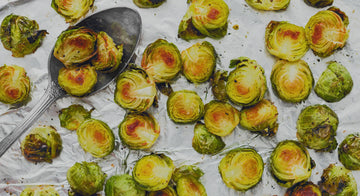
Is aluminum foil safe to cook with?
Aluminum foil may have been a kitchen pantry staple for the last 100 years but, as new research around food safety and environmental impact shows, it’s time we wrap up our love affair with this malleable metal.
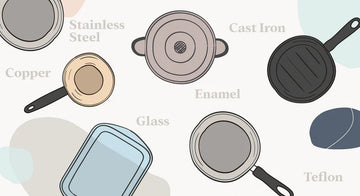
How to shop for non-toxic cookware and bakeware
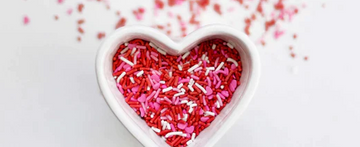
5 tips on decorating Valentine's cakes for that special someone
Get creative on Valentine’s Day by offering your loved ones something baked from scratch and uniquely decorated. Here are some easy ways to shake up your cake decorating.

Crispy pizza at home: tips for the perfect crust
Have you ever made pizza at home, but been disappointed by a soggy or undercooked crust? There are tools and tricks to make homemade pizza just as good as delivery, whether you like thin or thick crust.

How to measure cake pans
Not all pans are made the same. Here's how to measure your cake pans so you know exactly what you're working with.

Recyclable, compostable, biodegradable: what's the difference?
Having a good handle on what’s recyclable, compostable, and biodegradable is just one way you can set yourself up to make decisions that are good for you and the planet.
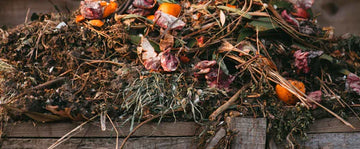
6 top tips on beginning your composting journey
Composting at home has become a great way to fertilize your garden while cutting down what goes into landfills. Here’s a quick guide and six tips to get you started on composting. It’s easier than you think.

Kana Parchment Paper is PEFC-Certified - here's what that means
Supporting sustainable forestry is a powerful way we can all work to revitalize the Earth's forests after decades of destruction.
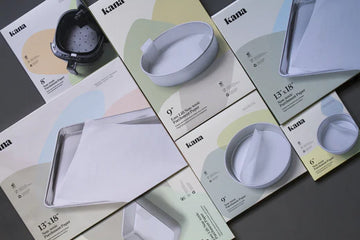
3 ways to a healthier kitchen with Parchment Paper
With its nonstick, heat-resistant and greaseproof surface, parchment paper is a must-have for cooks who crave a healthier kitchen.
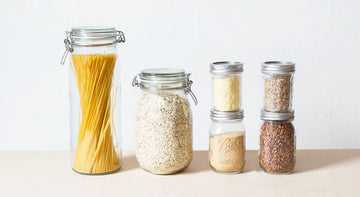
Essential items for your eco-friendly kitchen
The kitchen is a great place to start when moving toward a more eco-friendly home. Here are some kitchen essentials you can easily make eco-friendly swaps for today.
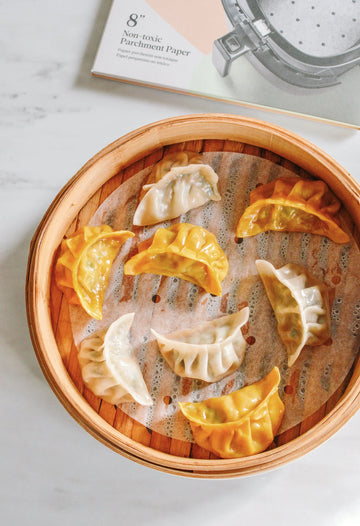
How to fold and steam homemade chinese dumplings

Is aluminum foil safe to cook with?
Aluminum foil may have been a kitchen pantry staple for the last 100 years but, as new research around food safety and environmental impact shows, it’s time we wrap up our love affair with this malleable metal.

How to shop for non-toxic cookware and bakeware
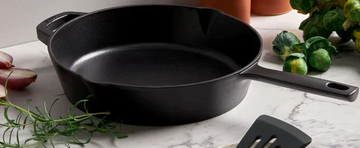
The Advantages of Enameled Cast Iron and Raw Cast Iron Cookware
Cast iron cookware comes in all shapes and sizes and are classified as kitchen staples all around the world. Here’s a look at why both raw and enameled cast iron Dutch ovens are perfect for any kitchen.
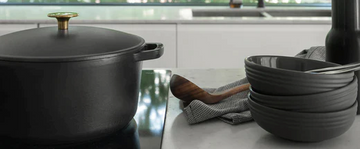
Why is it called a Dutch Oven?
While Dutch ovens have become a charming and familiar part of any modern kitchen, their name does lead to some confusion. What do the Dutch have to do with it? Isn’t it an English invention? And what about the French? It’s time to straighten things out.

Crispy pizza at home: tips for the perfect crust
Have you ever made pizza at home, but been disappointed by a soggy or undercooked crust? There are tools and tricks to make homemade pizza just as good as delivery, whether you like thin or thick crust.
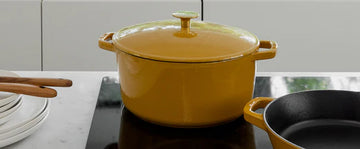
What is a Dutch Oven and why are they so popular?
The Dutch oven’s popularity has exploded in the last couple of years. If you’ve been wondering what this classic cooking pot brings to the table, read on.

Kana Parchment Paper is PEFC-Certified - here's what that means
Supporting sustainable forestry is a powerful way we can all work to revitalize the Earth's forests after decades of destruction.

3 ways to a healthier kitchen with Parchment Paper
With its nonstick, heat-resistant and greaseproof surface, parchment paper is a must-have for cooks who crave a healthier kitchen.

Essential items for your eco-friendly kitchen
The kitchen is a great place to start when moving toward a more eco-friendly home. Here are some kitchen essentials you can easily make eco-friendly swaps for today.

How to fold and steam homemade chinese dumplings
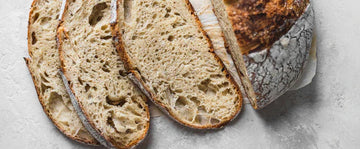
The proof is in the... proofing
The proofing process is an essential part of baking yeast-leavened goodies. Without it, you'll end up with a sad, flat pancake instead of that beautiful bread loaf you were hoping for. Yes, it takes some time to perfect the process, but once you've got it, you too can experience freshly-baked bread and pastries at home.
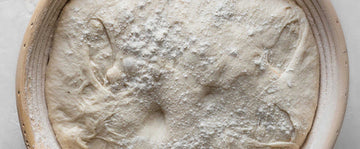
Proper proofing: how to work with yeast doughs
The most important technique to master when learning how to make bread and other yeasted treats is proofing, where all the rising happens. Today we’re going to learn how to proof bread dough for the best homemade loaves!

Kana Parchment Paper is PEFC-Certified - here's what that means
Supporting sustainable forestry is a powerful way we can all work to revitalize the Earth's forests after decades of destruction.

3 ways to a healthier kitchen with Parchment Paper
With its nonstick, heat-resistant and greaseproof surface, parchment paper is a must-have for cooks who crave a healthier kitchen.

How to fold and steam homemade chinese dumplings
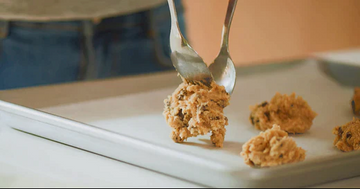
Parchment Paper versus Wax Paper: what’s the difference?
They’re both non-stick, greaseproof, and you can find them side-by-side on supermarket shelves. So when it comes down to it - what is the difference between parchment paper and wax paper?
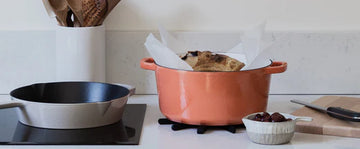
Can you use Parchment Paper in cast iron cookware?
Cast-iron cookware has become such a kitchen staple thanks in large part to its versatility and style. If you’re after a way to make it even easier to cook with your Dutch oven or skillet, look no further than a simple piece of parchment paper.

Can you use Parchment Paper in an air fryer?
Lining your air fryer with parchment paper is the best way to keep your appliance clean and your food delicious.
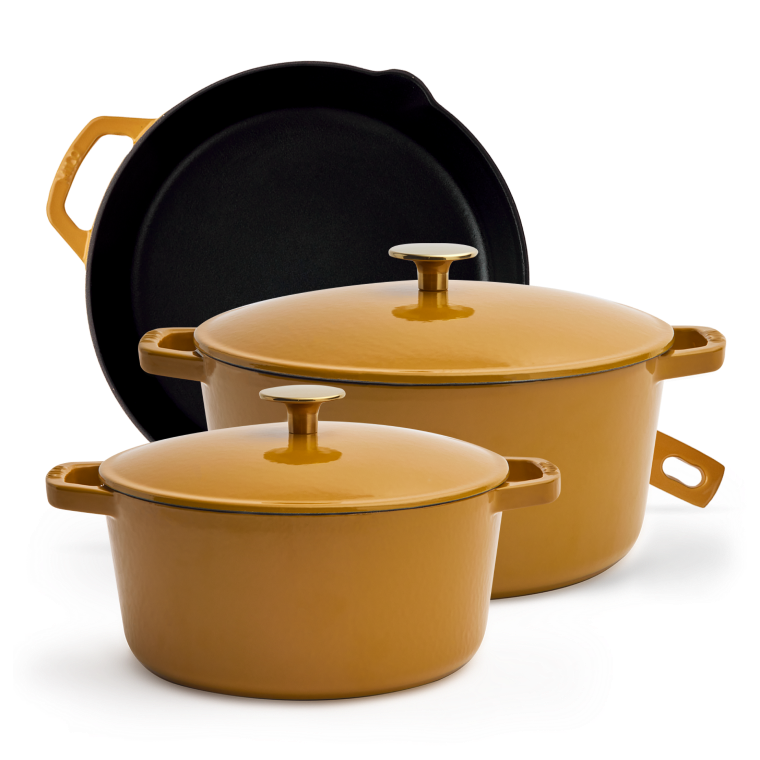
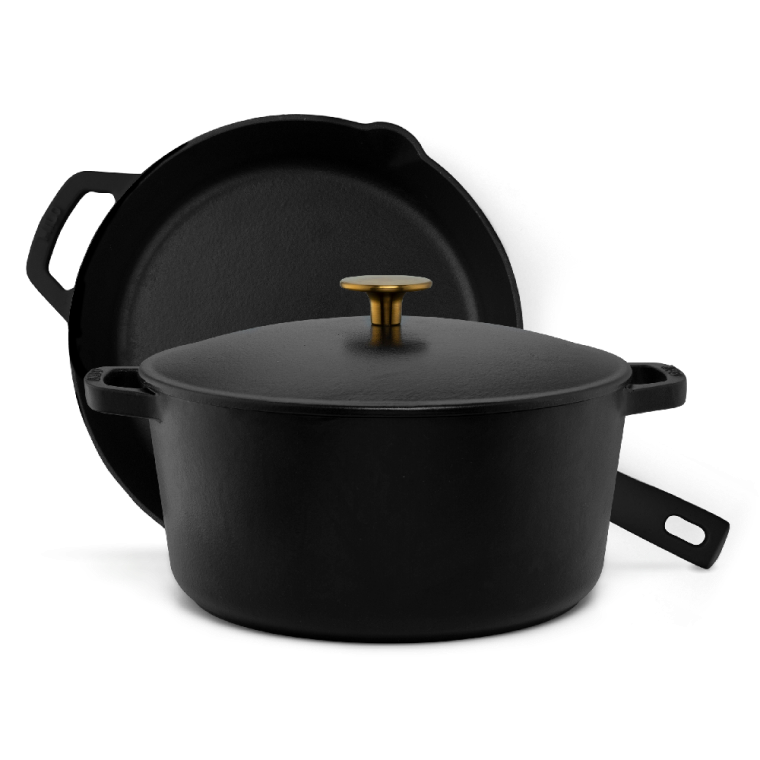

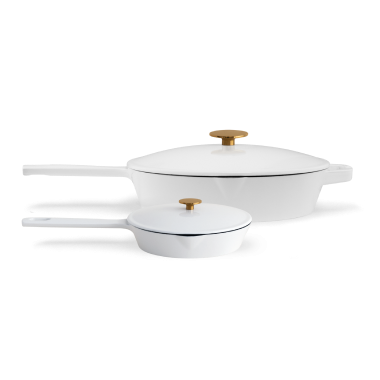


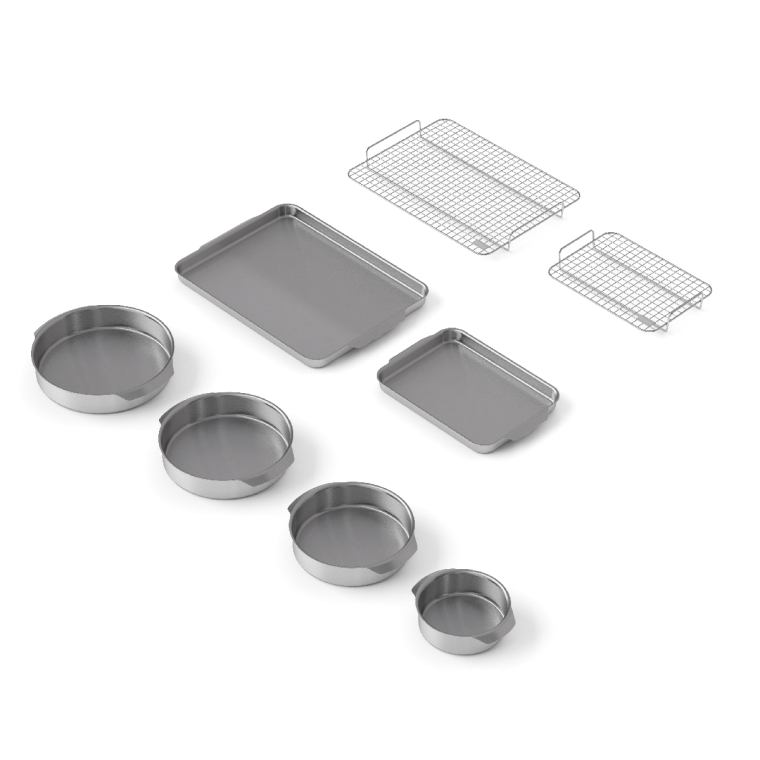
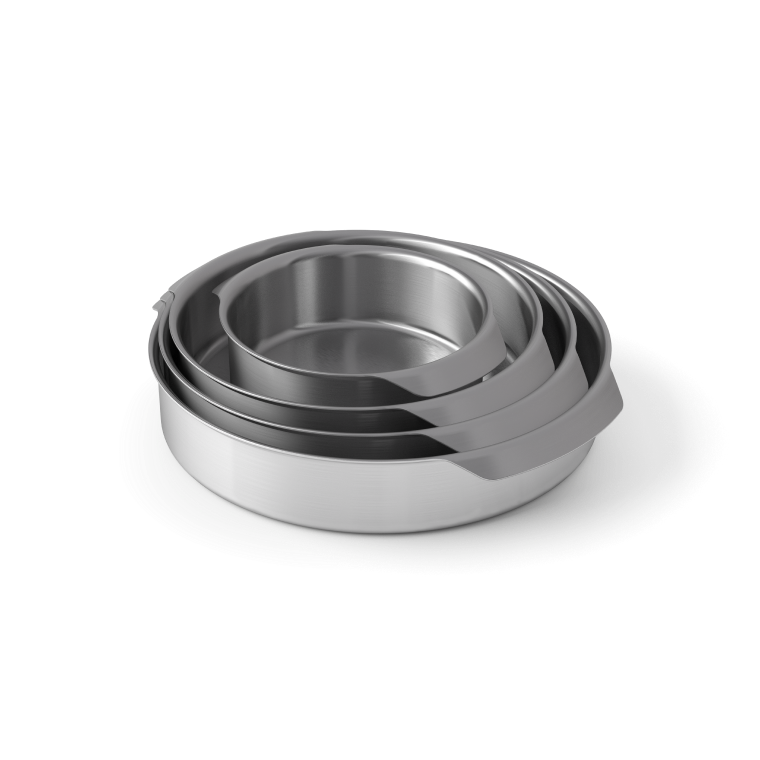







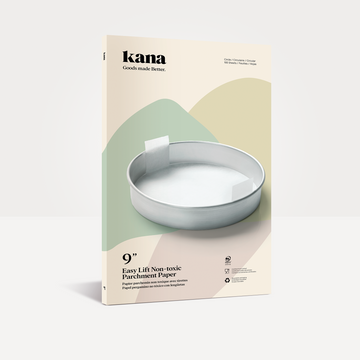

 Parchment Paper
Parchment Paper
